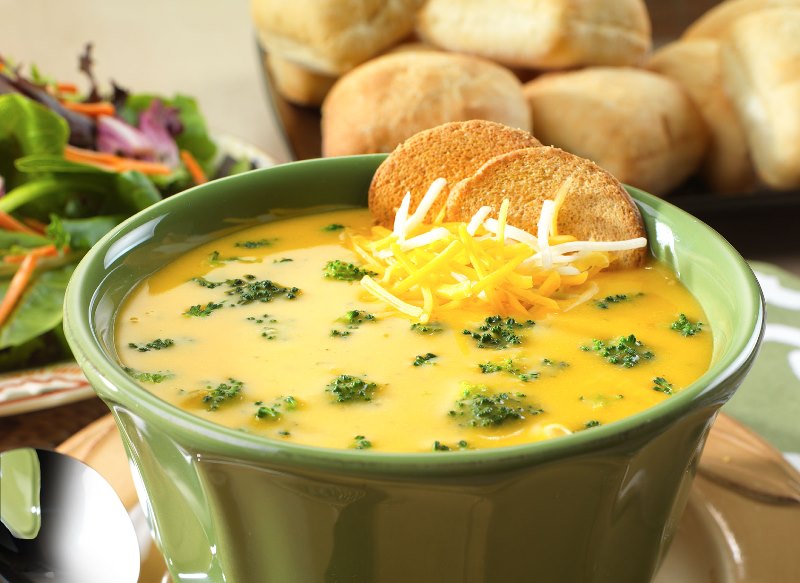We talk a lot in our blogs about gluten free options and preparing for allergies of every shape and size. Today, however, we’re going to discuss a different kind of food prep challenge: Diabetes.
Diabetes is a disease that prevents your body from producing the hormone insulin, or from using the insulin it creates properly. The human pancreas produces insulin to help our bodies regulate and balance glucose (sugar) levels in our blood. It also allows the body to utilize sugar for energy – which we all know is essential for survival at 2pm on a slow afternoon. (Desk chocolate anyone?)
Without insulin, blood sugars spike and can cause damage to organs, blood vessels, and nerves. Extreme fluctuations in blood glucose can also cause unconsciousness and seizures. Basically, it’s not something you want to get out of control in an emergency where access to medicine and care may be limited.
Diabetes and Emergency Cooking
If you’ve ever looked at a survival meal kit (like Legacy Food or MREs) you’ve likely noticed an abundance of high carb meals. Pastas, potatoes, and rice dishes are extremely popular in our industry because they appeal to a large and general audience. You might think these would be ideal for diabetics – where’s the sugar in rice?
As it turns out, our bodies break down carbohydrates into glucose to process the nutrients. This poses a BIG problem if your aiming to keep things balanced. So what is a diabetic to do when surrounded by a market full of these options?
Pad the Calories
While premade freeze dried meals can still be enjoyed by those living with diabetes, many recipes will require careful monitoring and dosing with insulin to avoid spikes in glucose levels. Another option is to take a smaller serving of freeze dried food and supplement with low-carb options like meat and vegetables to increase the calorie count while keeping the carbs low. Do not use fruit for this as they are high in natural sugars.

Prepare Your Own Meals
We all like a one-and-done option for emergency preparedness, but when it comes to planning meals for dietary restrictions that level of convenience is not always possible. If you need the flexibility of building your own menu, but want longer shelf lives than the grocery store can offer, packing your own meals might be your best option.
In our sister-site, Total Prepare’s document Food Storage Accessories 101 they walk you through the process of using mylar bags and oxygen absorbers to prolong the life of dry foods. If you’re working with foods that have a low moisture content these methods can prolong the lifespan of foods far beyond the normal. This method works great for dried vegetables, oats, and beans.
This system works by removing all the oxygen from a sealed environment. By using oxygen absorbers and specialty mylar bags you remove more air and guarantee a longer lasting seal/container than with commercial mechanical food savers. Even if you choose the mylar bags with zip seals, be sure to heat seal them too. Heat sealing closes the bag at the molecular level and can’t be easily undone by jostling.
Ask the Experts
Meal planning can be tedious, even without special considerations. If you’re sick and tired of counting carbs, let us do it for you! Call or write us at 1-855-229-7996 or [email protected] and let us know what your personal requirements are. The more specific you can be the better we can tailor a plan for you. Give us a day or two to crunch the numbers and check out all the options and we’ll get back to you with a menu that will suit your requirements.
Example information to give our staff:
- How many people are you preparing for?
- Are they all diabetic?
- How long would you like to be prepared for?
- What percentage of your calories can be carbs? (Average for diabetics is 45%, but it can vary)
- Are there any other restrictions we should take into consideration?
- How many daily calories are you aiming for?
Thank you for reading.
This article was written by Zenia Platten – Author of Tethered and emergency preparedness professional.


